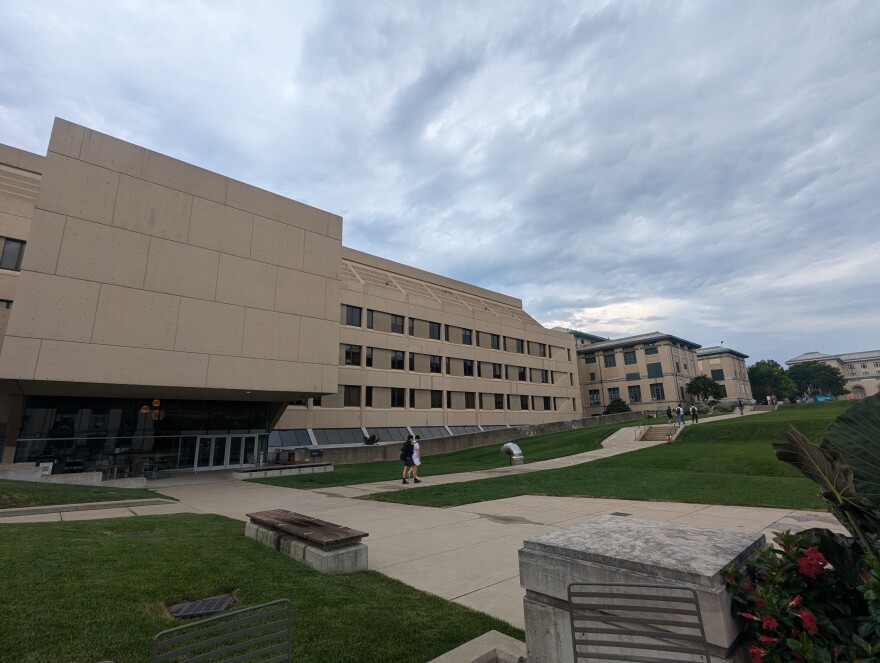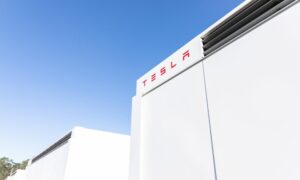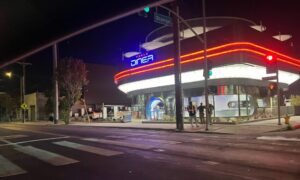
A groundbreaking research initiative involving Carnegie Mellon University (CMU) and the University of Pittsburgh (Pitt) is set to explore the intricate relationship between artificial intelligence (AI) and its impact on the workforce. This collaborative effort aims to demystify the bold claims made by some tech executives about AI’s potential to replace significant portions of the workforce. Despite these assertions, a direct link between AI technologies and job displacement remains elusive.
The study, which also includes Massachusetts Institute of Technology (MIT) and other institutions, comprises four distinct projects. These projects will investigate areas where AI is being integrated, the effects on workers when AI is introduced, supportive policy measures for workers, and the development of methods to track AI-driven changes in employment.
Understanding AI Adoption and Workforce Impact
Artificial intelligence encompasses a wide range of technologies capable of performing various tasks, from search engine operations to code writing and photo generation. The project’s co-lead, CMU Professor Christophe Combemale, emphasizes the importance of examining the timing and nature of AI adoption by companies, as these factors significantly influence whether AI will replace, augment, or enhance the quality of work.
“The nature of that adoption has consequences for whether AI is going to tend to replace workers, or augment them, or improve the quality of their work, which in turn is going to affect employment and wages,” said Combemale.
Granular Data Analysis and Job Disruption
Leading the charge from Pitt is Morgan Frank, an assistant professor in the School of Computing and Information. Frank’s team is tasked with creating the Observatory for U.S. Job Disruption, which will meticulously collect and analyze data from unemployment insurance programs across all 50 states. This approach aims to identify specific sectors and job titles affected by AI or other economic shifts.
“It’s really hard to say that total unemployment has increased because of AI or because of any other thing,” Frank explained. “Being able to break that statistic apart into the sectors or into actual job titles gives us a huge advantage.”
Exploring Occupational Mobility and Data Approaches
Meanwhile, the California Policy Lab, affiliated with the University of California, is set to explore how individuals exposed to AI in their work environments transition between occupations. Combemale points out the importance of understanding not only which occupations are exposed to AI but also the available exit options, which could range from promotions to lateral moves or even wage reductions.
The fourth project, spearheaded by the U.S. Chamber of Commerce Foundation, focuses on developing a new data approach to minimize the delay between workforce changes and their reporting. This initiative seeks to provide timely insights into the evolving job market.
Funding and Future Implications
The two-year study is generously funded by a grant from the Alfred P. Sloan Foundation. Combemale expresses optimism about the potential outcomes of the research, highlighting the development of better tools to track technological impacts on the workforce.
“I don’t think we’re going to have all the answers, but I think we are going to have much better tools at the end of two years to track what’s happening, and hopefully to be able to start seeing a little bit around the curve of some of these technology shocks, so that workers and policymakers and firms can prepare and be a little more adaptive,” he said.
This initiative represents a significant step toward understanding and preparing for the future of work in an AI-driven world. As the study progresses, it promises to provide valuable insights that could shape policies and strategies for workforce adaptation in the face of rapid technological advancements.







